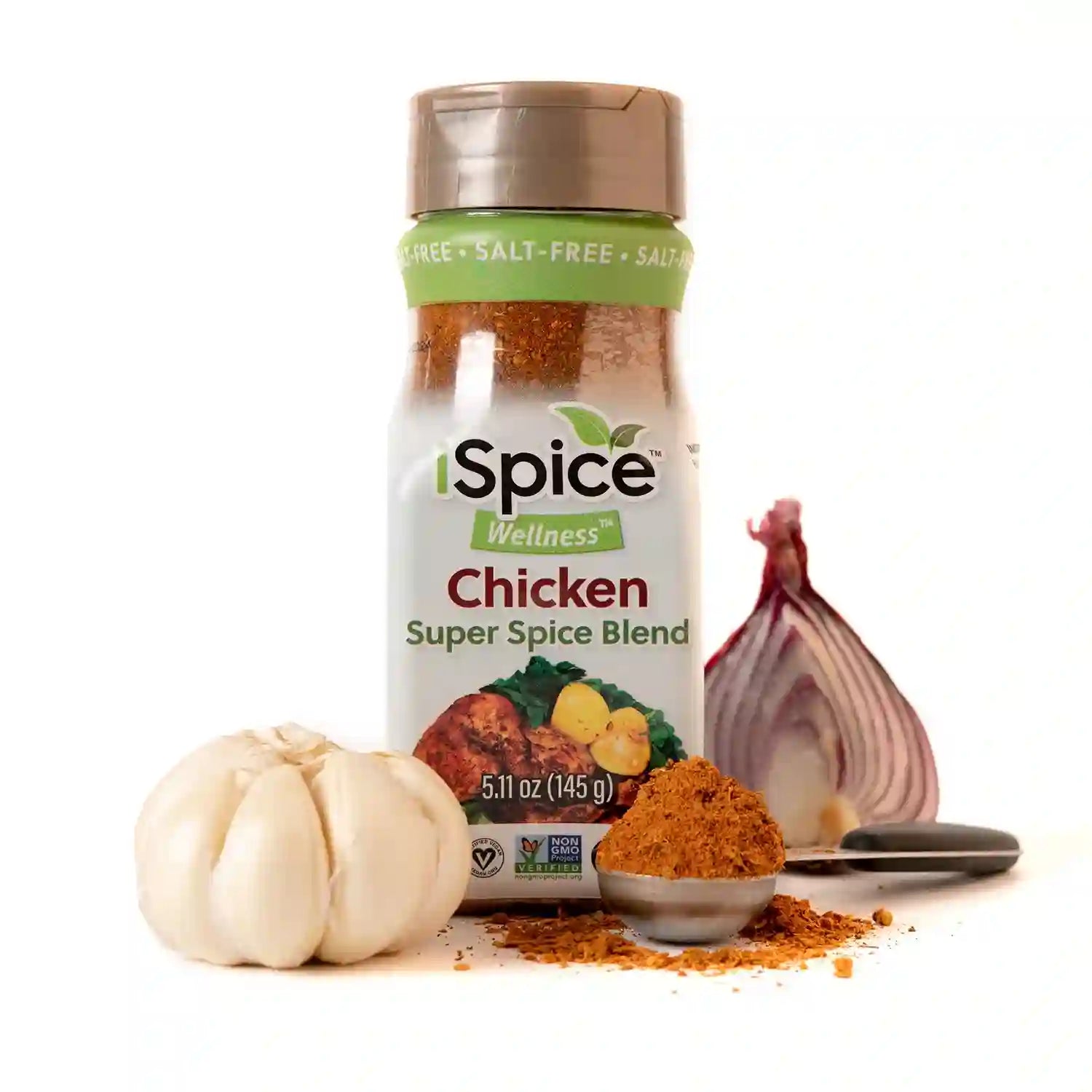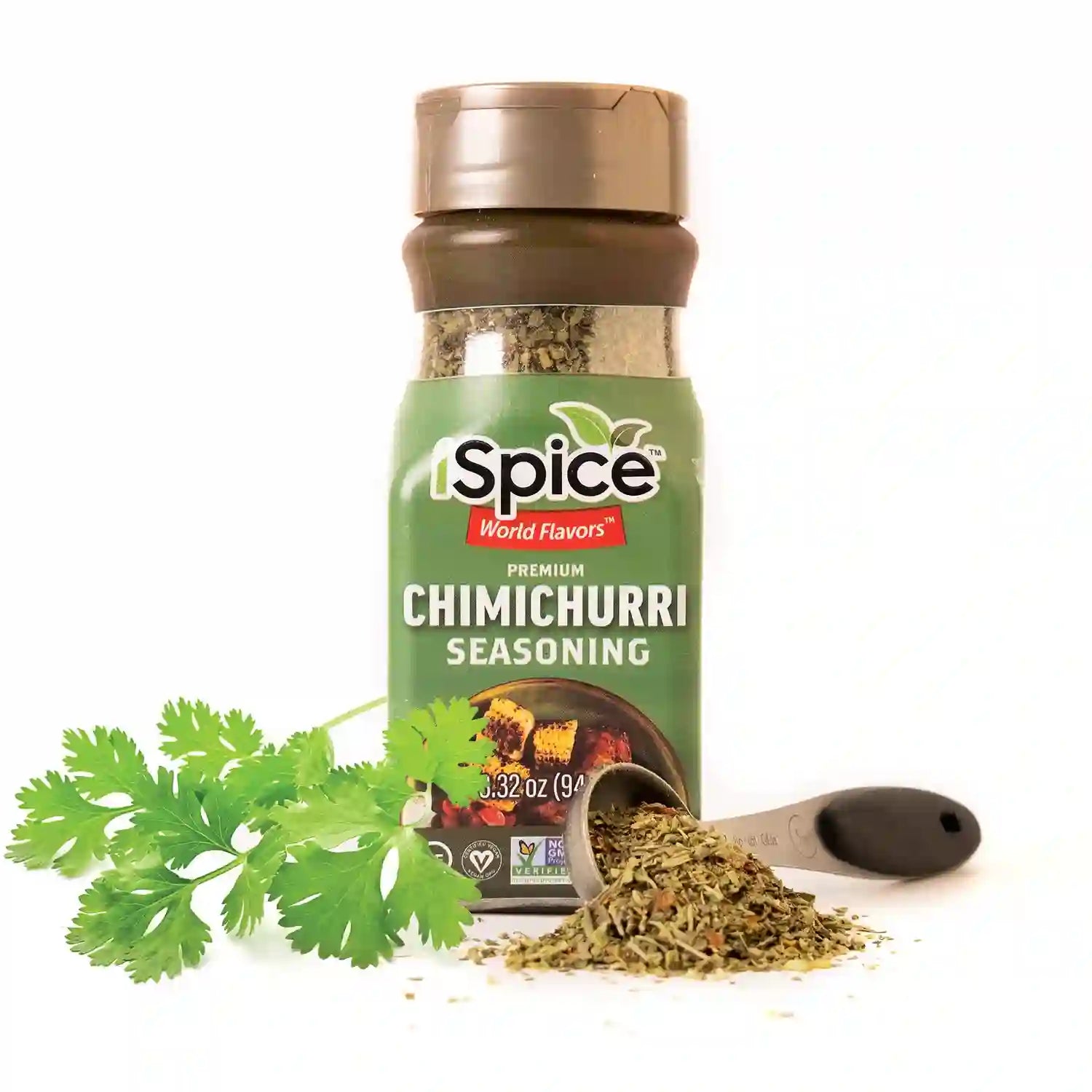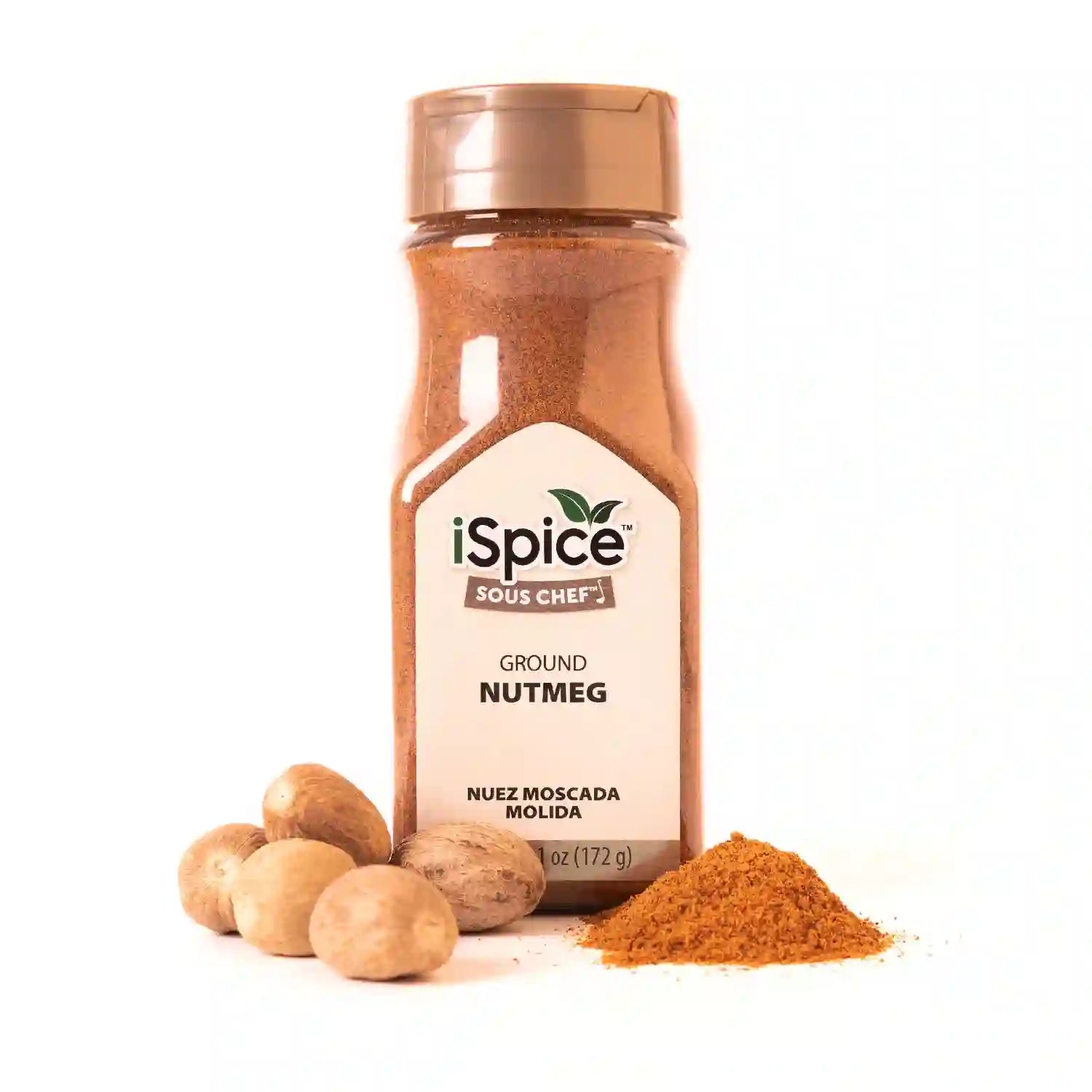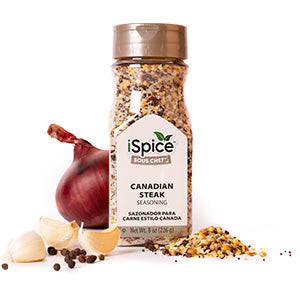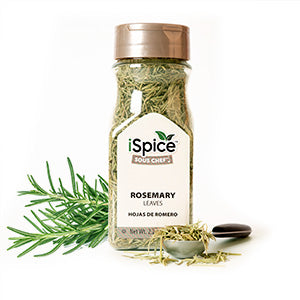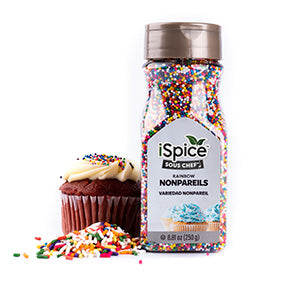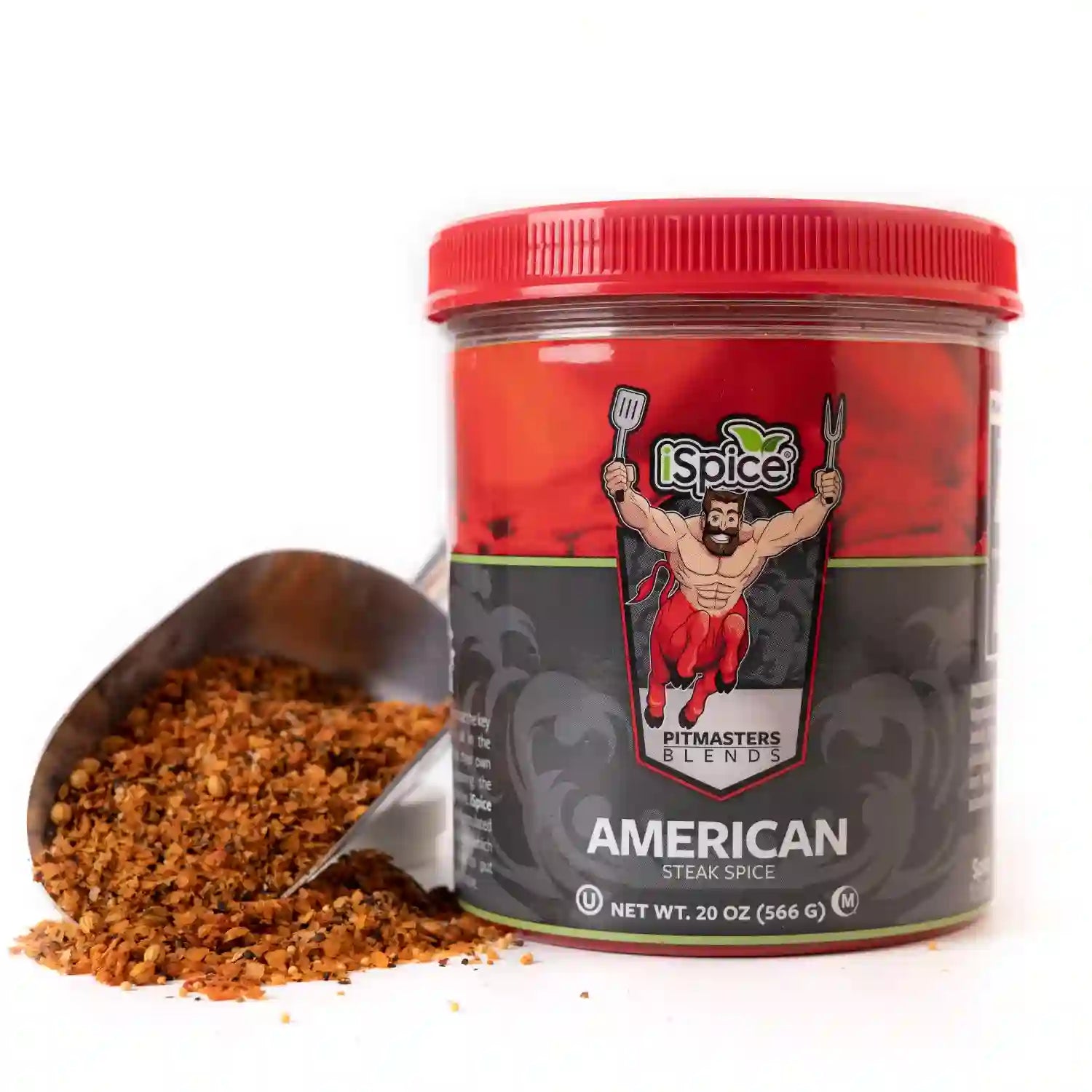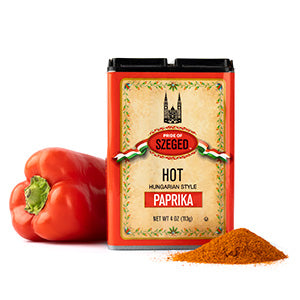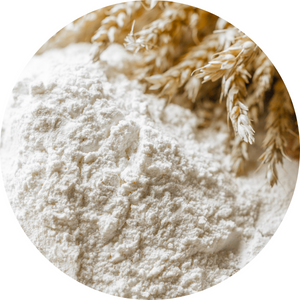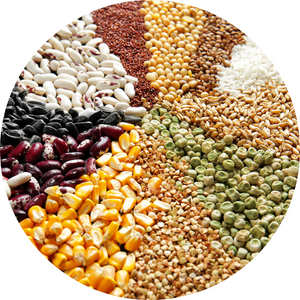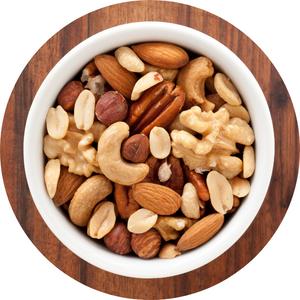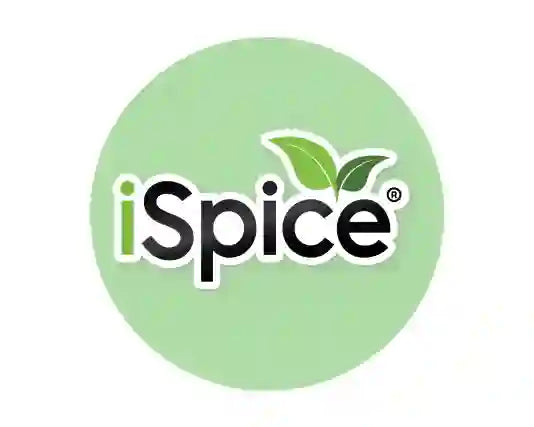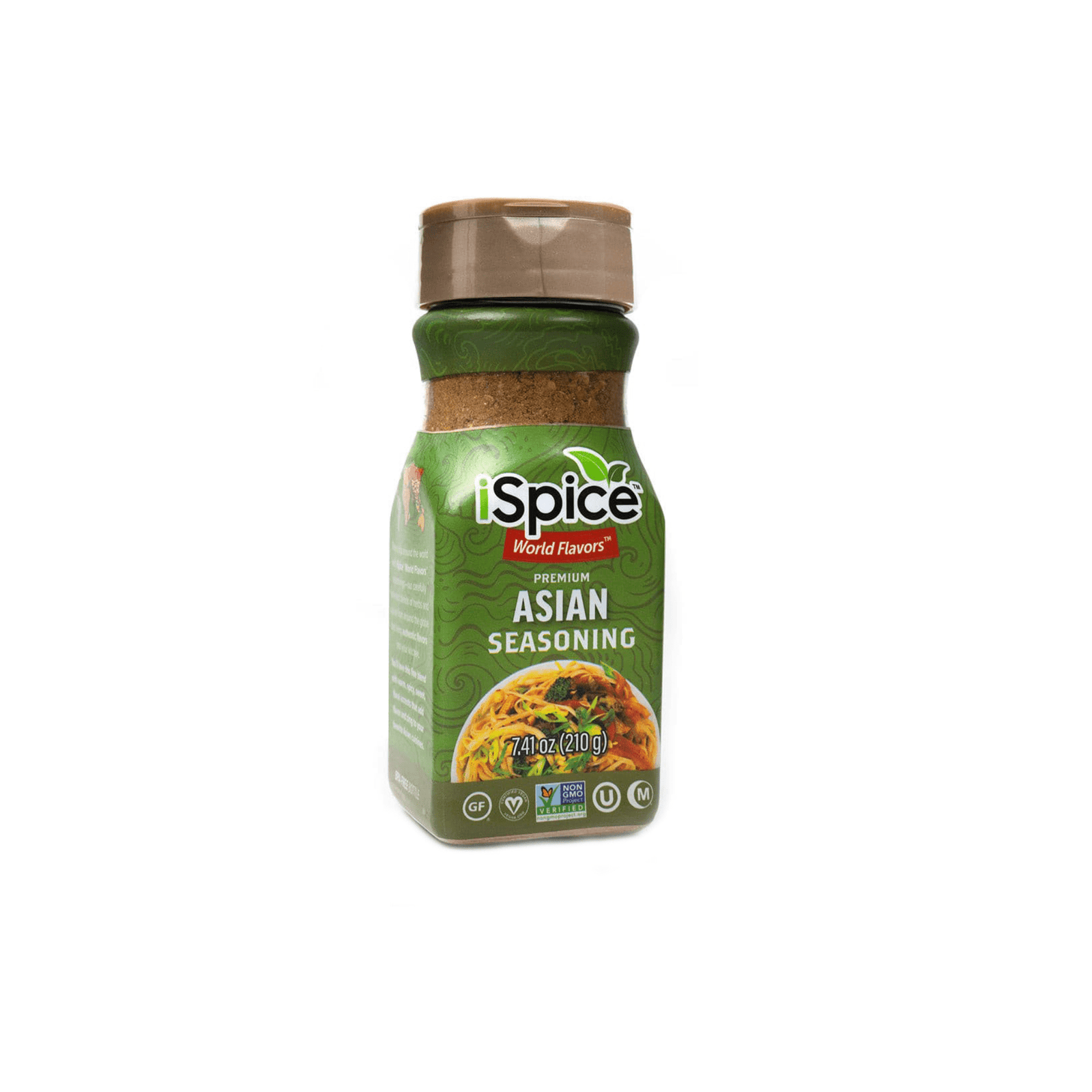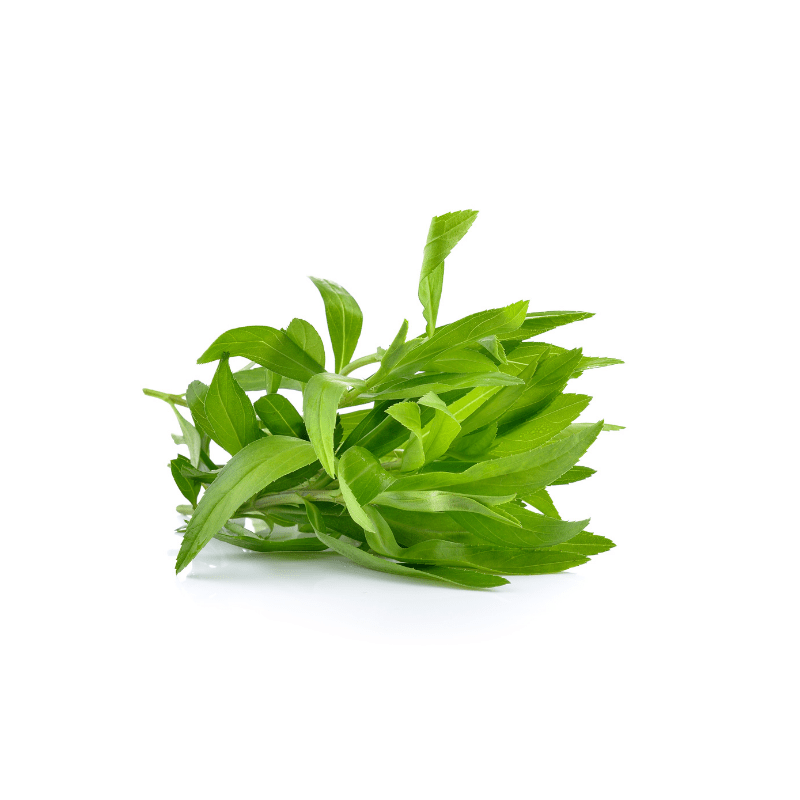
The chili pepper is the fruit of plants from the genus Capsicum and is widely used in many cuisines to add spiciness to dishes. An odorless, flavorless substance called a capsaicin in peppers gives them their spicy heat. Like black pepper, chili peppers have a spicy, hot taste, and the spiciness varies by type of pepper. Chili pepper pods, which are actually berries, can be used fresh, dried, pickled or roasted, and the leaves of every species are edible and are cooked as greens in Filipino cuisine.Christopher Columbus was one of the first Europeans to encounter chili peppers during his travels, following which chilies started to be cultivated and traded around the world. Chili peppers have been part of our diet in the Americas since at least 7500 BCE and today chilies are present in cuisines across the world. Notable dishes include Arrabbiata and Puttanesca sauces from Italy, Paprikash from Hungary, Indian curry dishes, mole from Mexico and, of course, hot sauces from North Africa, China, Thailand and the U.S.There exist plenty of other uses for chili peppers. They are used as a purely decorative garden plant. In medicine, capsaicin is used as an analgesic in topical ointments, nasal sprays and dermal patches to relieve pain. Capsaicin is also the irritant used in pepper spray.
Alert: While spices can have many beneficial properties for health, using them for medical purposes should be done under the guidance and supervision of a healthcare professional or specialist. Some spices may interact with medications or cause adverse reactions in certain individuals, and it is important to use them safely and appropriately. If you are considering using spices for a medical condition, it is important to consult with a healthcare professional before doing so.
| |
Benefits of Chili PepperSome research suggests Chili Pepper may have the following benefits:
|

